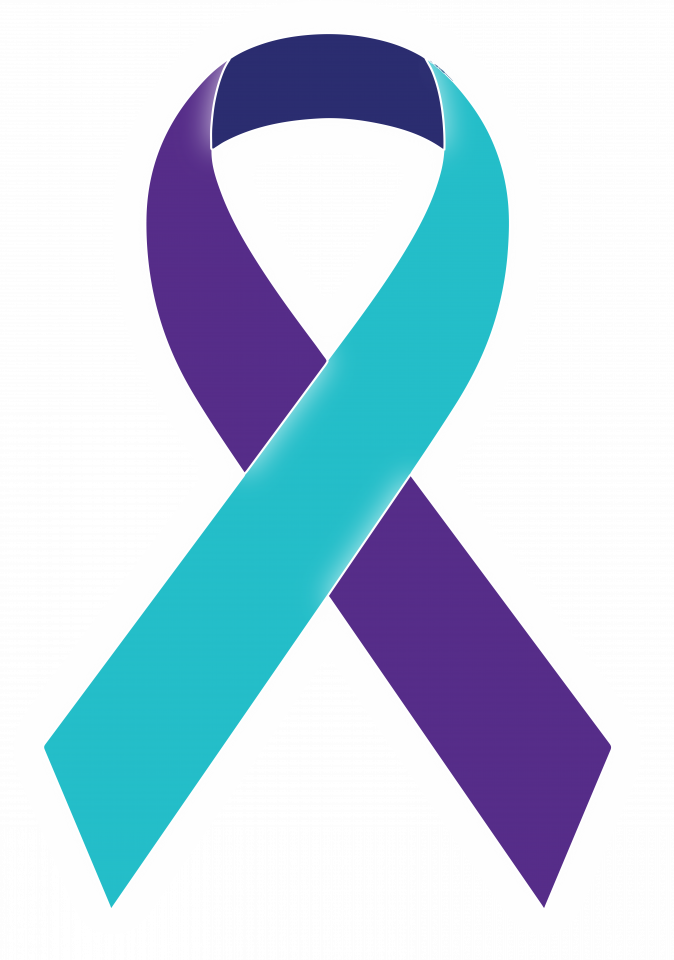
Young people routinely pass through our classrooms, and despite our brief time together, we form lasting bonds. We want our students to have happy, enriching lives.
It usually warms our hearts to hear life updates from former students: news of a college acceptance, a new job, a wedding date, a baby on the way. However, sometimes news of a former student leaves us shaken.
In recent years, youth suicides have risen at an alarming rate–up 57 percent for people ages 10 to 24. Many of us–too many–know of students or former students who have attempted or died by suicide. We mourn for their families and friends. And we grieve, too. The trauma ripples through our schools and communities.
The spike in youth suicide rates is part of a broader mental-health crisis affecting young people. As Derek Thompson reports in an important and illuminating piece from The Atlantic, 44 percent of high school students felt “persistent sadness and hopelessness” in 2021. Another large study found that one in four high school girls seriously contemplated suicide during the pandemic. These sobering statistics are clear calls to action: All sectors of society must pitch in to address the mental-health crisis of young Americans.
In our classrooms, we can play a vital role in supporting students' mental health and addressing pervasive sadness.
How can I support students’ mental health?
We can use brief daily lessons in social-emotional learning (SEL) to help all students feel safe, connected, and comfortable in our classrooms. These lessons help students open up and seek support if they are having unhealthy thoughts.
Try these simple, effective SEL strategies in your classroom.
1. Create safety and community.
Help students feel welcome and wanted in your classroom through community-building activities. Make sure students know they can talk or write to you if they feel hurt, disrespected, or mistreated. Maintain this open line of communication throughout the school year, and follow through when students reach out. If you sense a serious problem, reach out to a school counselor.
2. Model vulnerability.
The adults in students’ lives don't always express emotions in healthy ways. They may bottle up their anger and sadness and mask their fears. Students often think they need to act in the same way. By being open and vulnerable, you model a healthier way to manage strong emotions. Your honesty and openness will establish trust and community in your classroom. In turn, students will feel more comfortable opening up to you and others.
Try this lesson from In Focus to show vulnerability.
3. Teach students about their emotions.
Instead of repressing students' feelings, help them recognize their emotions. Teach "Checking the Emotional Thermometer" to give students a quick way to gauge the intensity of happiness, sadness, hurt, anger, love, or other feelings. Then discuss how feelings aren't right or wrong—they just are. The right or wrong part comes into play when people choose what to do with their feelings.
4. Address stigmas.
Society often tries to control how people express the so-called “negative” emotions of sadness, hurt, fear, and anger. Often, society seeks to suppress these emotions: “Don’t feel that way.” Suppressing emotions can lead to unhealthy outcomes. To help students overcome social stigmas, invite them to discuss common perceptions about “negative” emotions. Then point out how feeling and expressing strong emotion can be a sign of strength, not weakness.
5. Offer coping strategies.
Introduce and practice these strategies for managing strong emotions:
- Using 5-5-5 Breathing to Calm Down
- Calming Down with Deep Pressure
- Using Bodily Meditation
- Labeling Your Feelings
- Dealing with Sadness in School
- Using Progressive Relaxation
6. Intervene when necessary.
Recognize when students exhibit warning signs of suicide or self-harm. The Suicide Prevention Resource Center recommends taking action if you notice students engaging in the following behaviors:
- Discussing or making plans for suicide
- Expressing hopelessness about the future
- Displaying severe/overwhelming emotional pain or distress
- Showing worrisome behavioral cues or unexpected changes in behavior (withdrawal from social situations, change in social connections, change in sleep patterns, anger or hostility that seems out of character, increased agitation or irritability)
If you see any of these signs, get in touch with your school's mental-health contact, and make sure an adult is present with the student in question. Do not leave the student alone.
Your attention to the social and emotional well-being of students creates optimal conditions for learning. More importantly, you do your part to ensure students grow up to experience happy, enriching lives.
How can I get support?
We also face great mental and emotional strain. How much time and energy do we spend on unruly classrooms? When do we get a chance to breathe?
When our students do. We can model healthy SEL practices, improving our own mental health along with our students’. Everyone benefits from a calm and trusting classroom where real learning takes place.